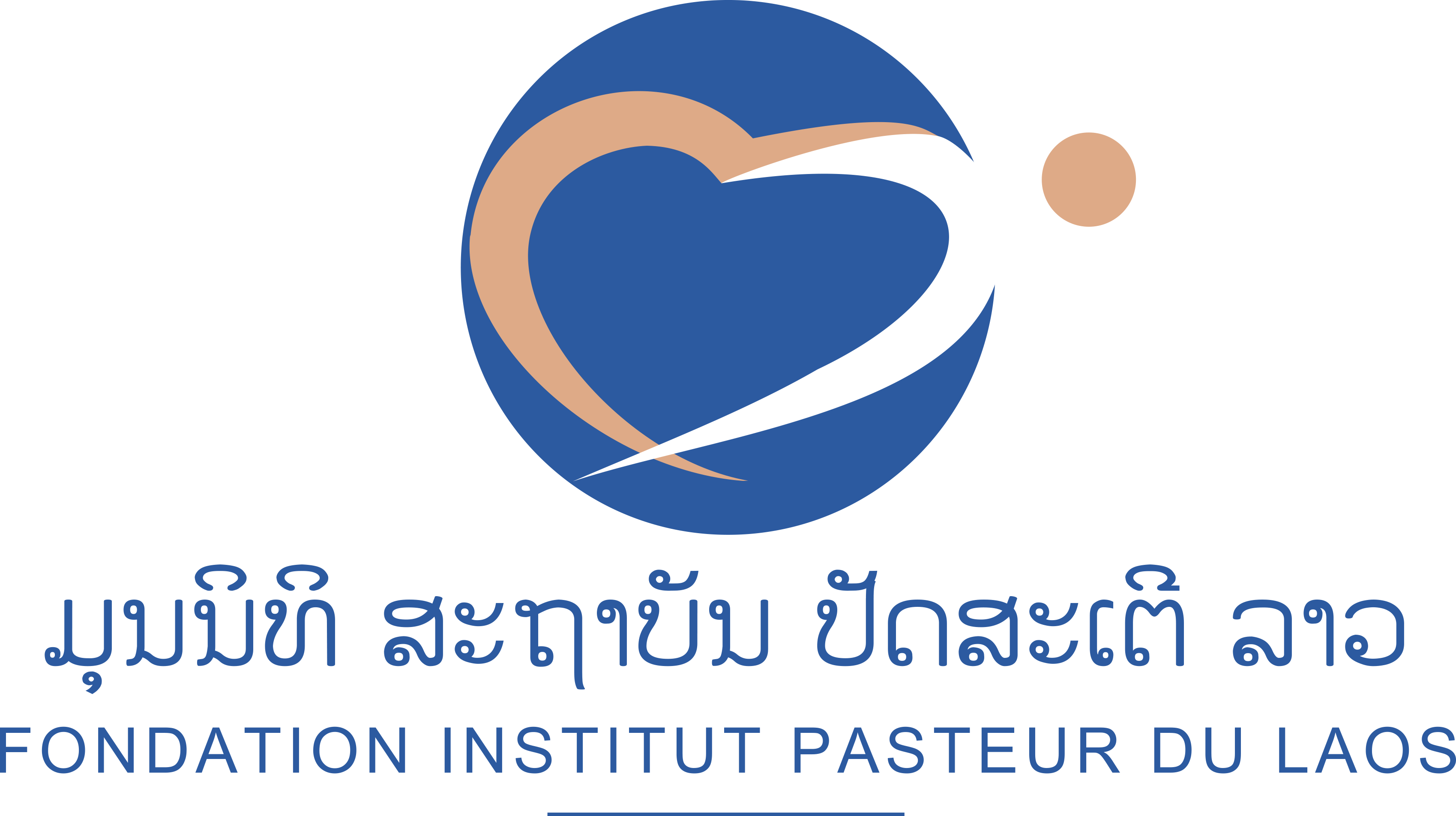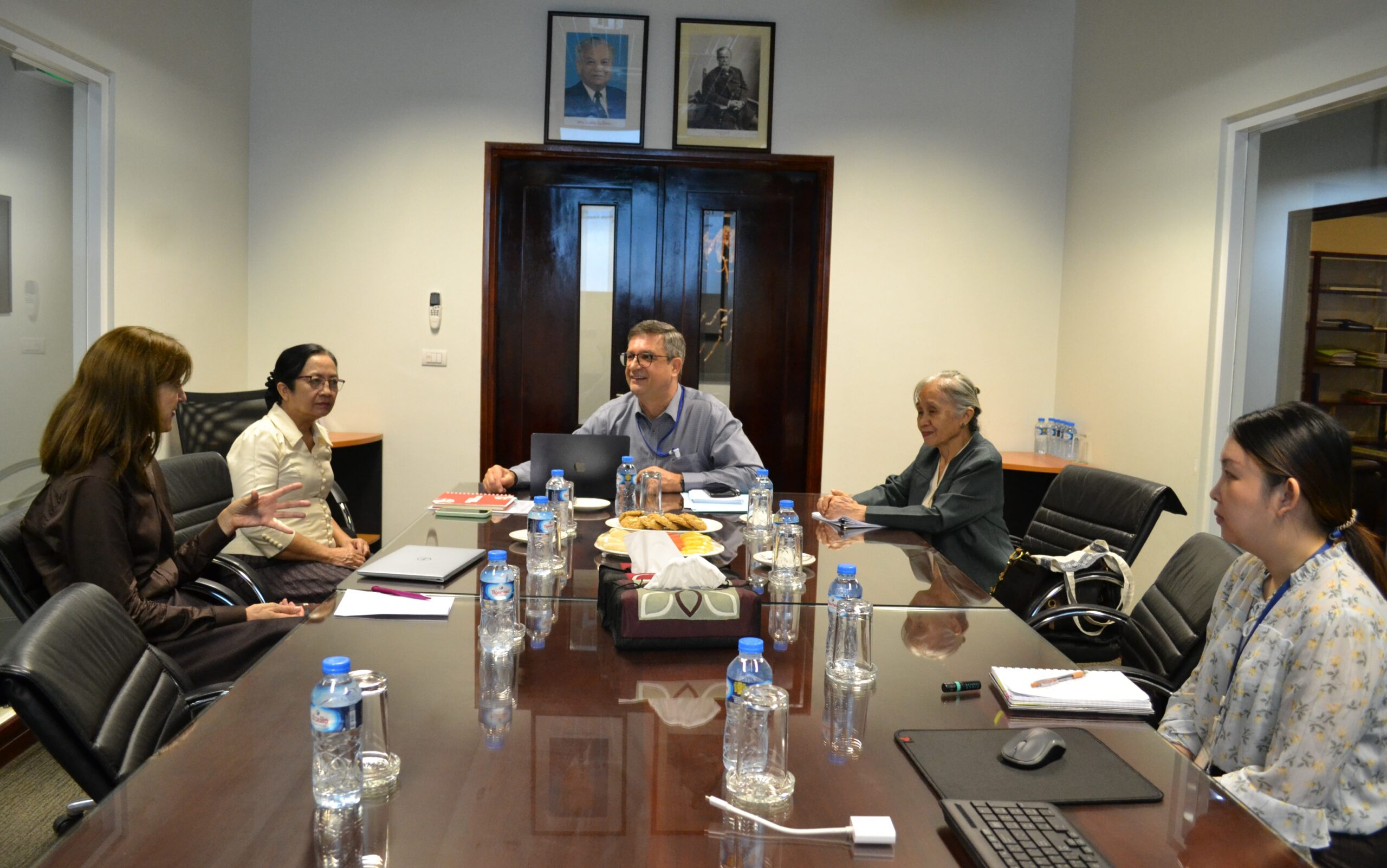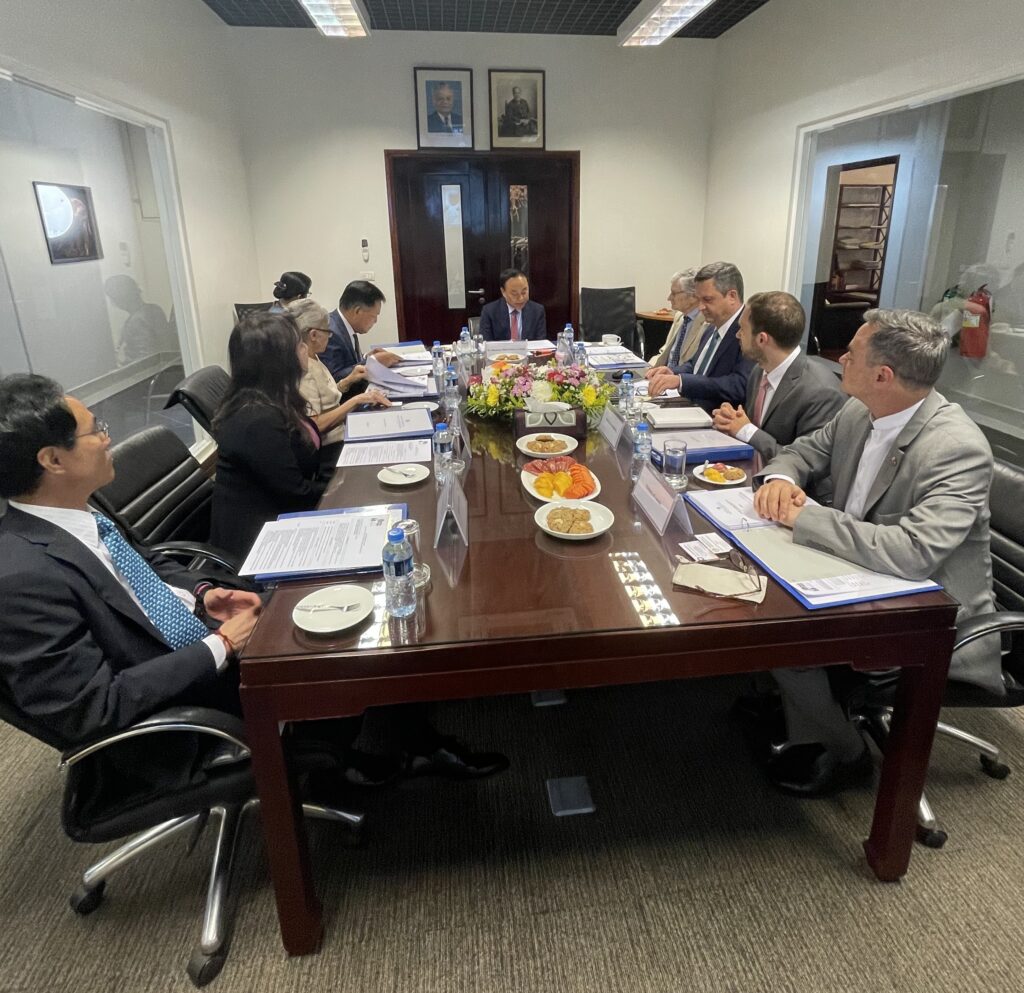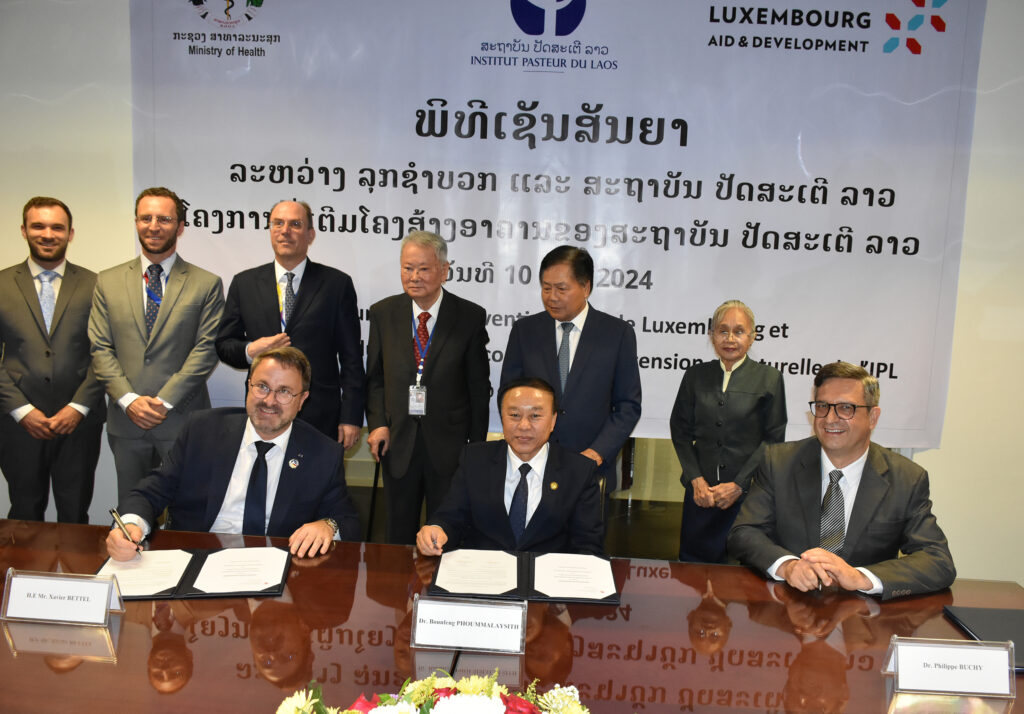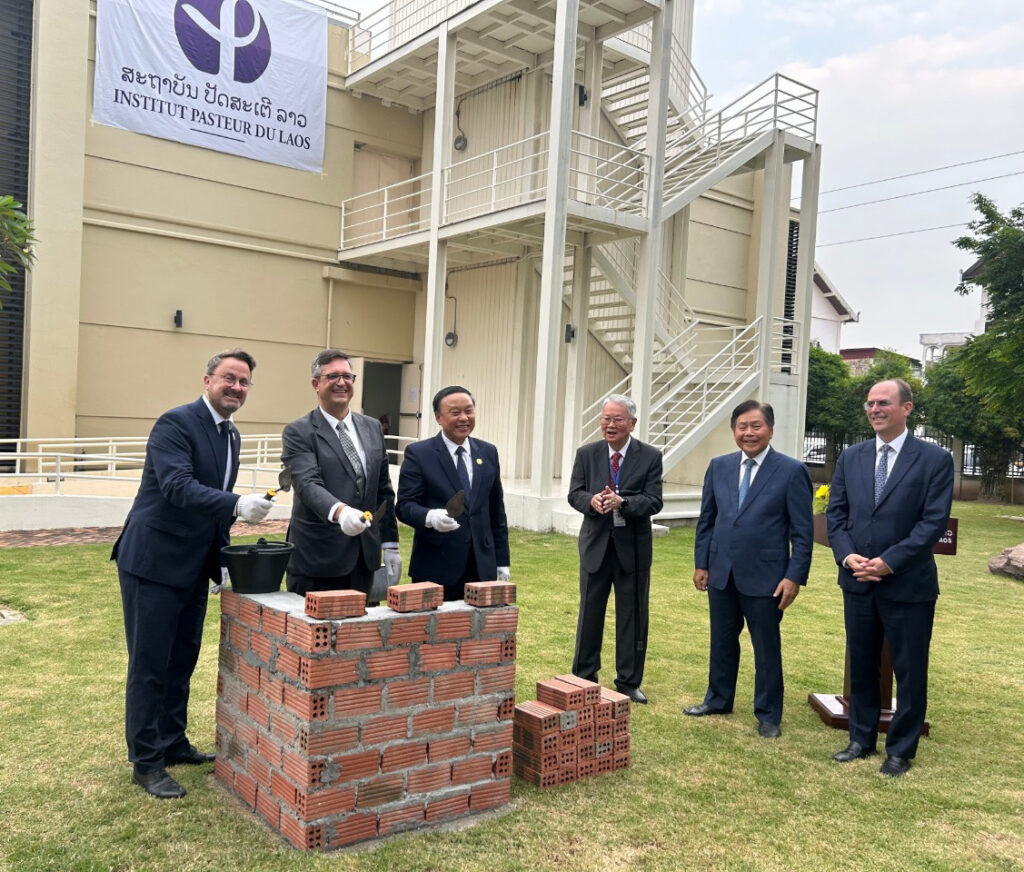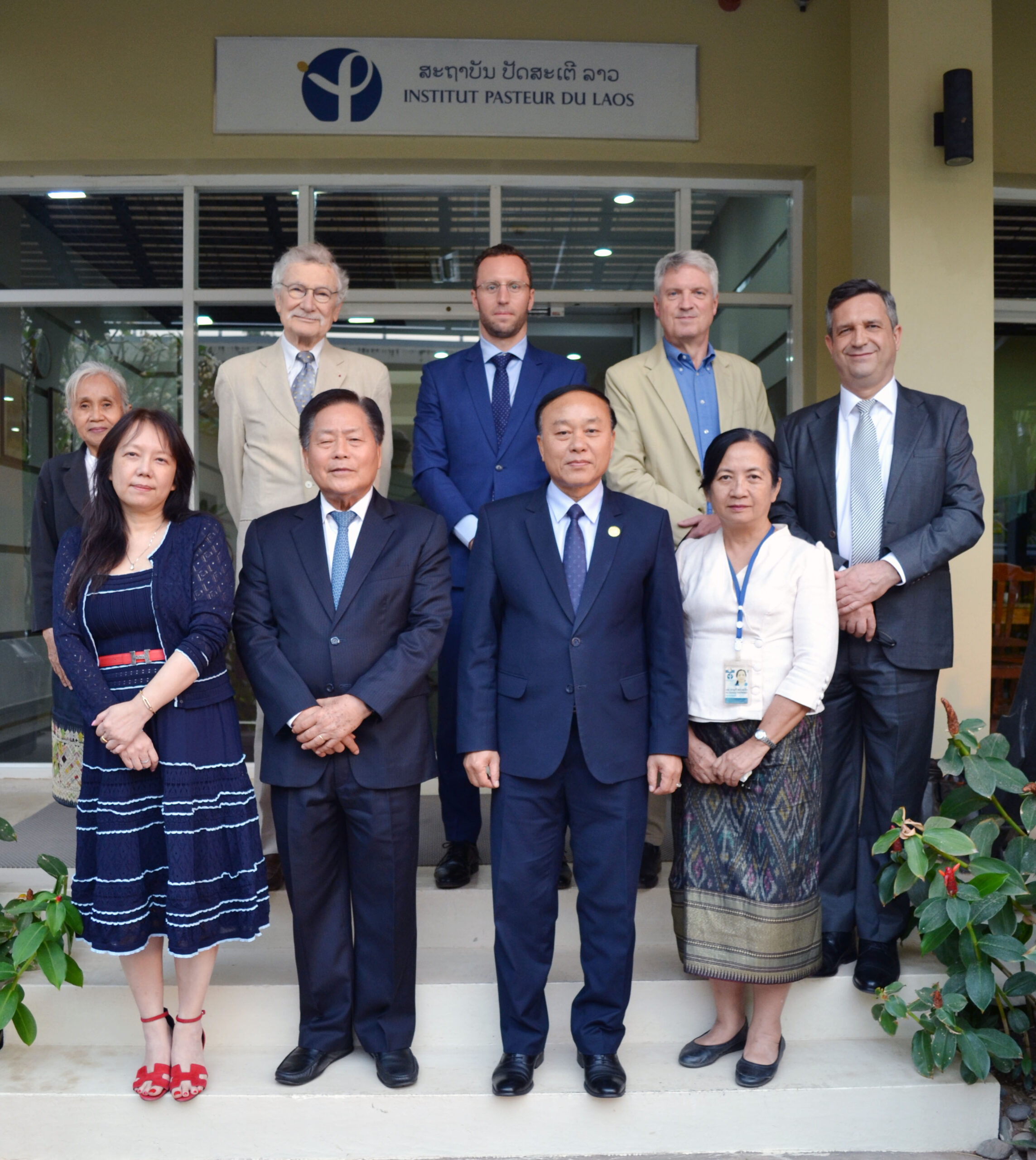Metrology
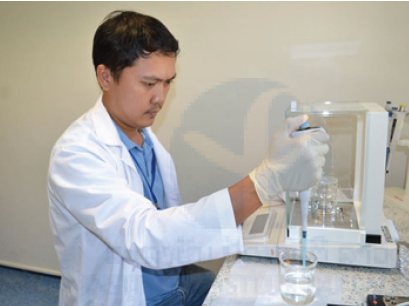 Install a metrology laboratory at Institut Pasteur du Laos, to do the pipette service calibration & preventive maintenance.
Install a metrology laboratory at Institut Pasteur du Laos, to do the pipette service calibration & preventive maintenance.
Background
A pipette is used to precisely measure and transfer small volumes of liquid in the laboratory in experiments that demand high accuracy. However, the sources of error in pipette measurements could arise from device failure or due to misuse by the operator. Any discrepancy in volumes dispensed may affect the outcomes and reproducibility of an experiment such as qPCR results. It is, therefore, necessary to check pipette calibration every few months to ensure accuracy by dispensing the right volumes. This is why pipette calibration is considered a fundamental part of good laboratory practice (GLP). Regular pipette preventive maintenance and calibration service can significantly reduce the costs also, risks and liabilities associated with out-of-calibration pipettes, sure, most pipettes work… but are they accurate?
That is why we installed a metrology laboratory at Institute Pasteur du Laos. We started by doing a training for the involved staff at IPL. The training was provided by staff from Institute Pasteur Cambodia.
They are doing this procedure in Cambodia for many years already and were able to inform us about the needed equipment, environment, documentation and proceeds for the pipette calibration. By getting this knowledge we where able to install the metrology lab under the rules of the ISO Standard 8655
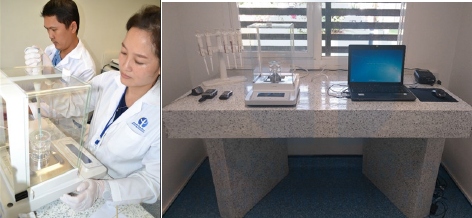 Picture: Mr. Vongphachanh Ounenalath and Mrs. Phoutsana Khamsuvat calibrating pipettes in the metrology laboratory.
Picture: Mr. Vongphachanh Ounenalath and Mrs. Phoutsana Khamsuvat calibrating pipettes in the metrology laboratory.
They are in charge of the pipette calibration and maintenance service.
They acquired the required knowledge through training from Institut Pasteur of Cambodia’ technicians. They also have been trained and knowledgeable about the importance of proper documentation regarding these duties.
The IPL metrology lab with an ultra-precise balance and a special antivibration bench
Principles of Pipette Calibration
At 20°C temperature and one atmosphere of pressure, water density stays constant at 1 g/mL. The volume of water can be determined by weighing dispensed water. Temperature, atmospheric pressure, and humidity may influence the accuracy of measurements. These factors are combined to generate the Z factor, applied in the calculation of the volume of water, and compared with the theoretical volume, which finally determines the accuracy of the pipette.
Steps Involved in Pipette Calibration
Take distilled water in a beaker and record its temperature. Also, gather your pipette and the correct tips based on both the small and large volumes that the pipette can dispense.
• Place a weigh boat on a balance that can accurately weigh in the microgram range, and set it to zero after closing the balance door.
• Pre-rinse the tip by aspirating and dispensing the set volume three times and push fully to remove any remaining liquid.
• Aspirate the calibration volume without bubble formation and dispense the liquid slowly into the weigh boat. Then, record the weight on the balance and repeat the process ten times.
• Calculate the dispensed volume by using the equation V = W x Z where W is the weight of the water, Z is the Z factor, and V is the calculated volume of dispensed water. Next, determine the mean value from ten trials.
• Finally, calculate accuracy by using the equation A = 100 x Vavg/V0, where A is the accuracy of the pipette, Vavg is the average calculated volume and V0 is the theoretical volume you tried to dispense. If the accuracy value lies in the 99-101% range, the pipette is considered normal and calibrated.
All the proceeds are installed now at Institut Pasteur du Laos and we have proper documentation also.
The next step in the very near future will be that we get a external Audit about our proceeds and documentation. That will ensure that we do it to 100% under the rules of the ISO standard for pipette calibration

